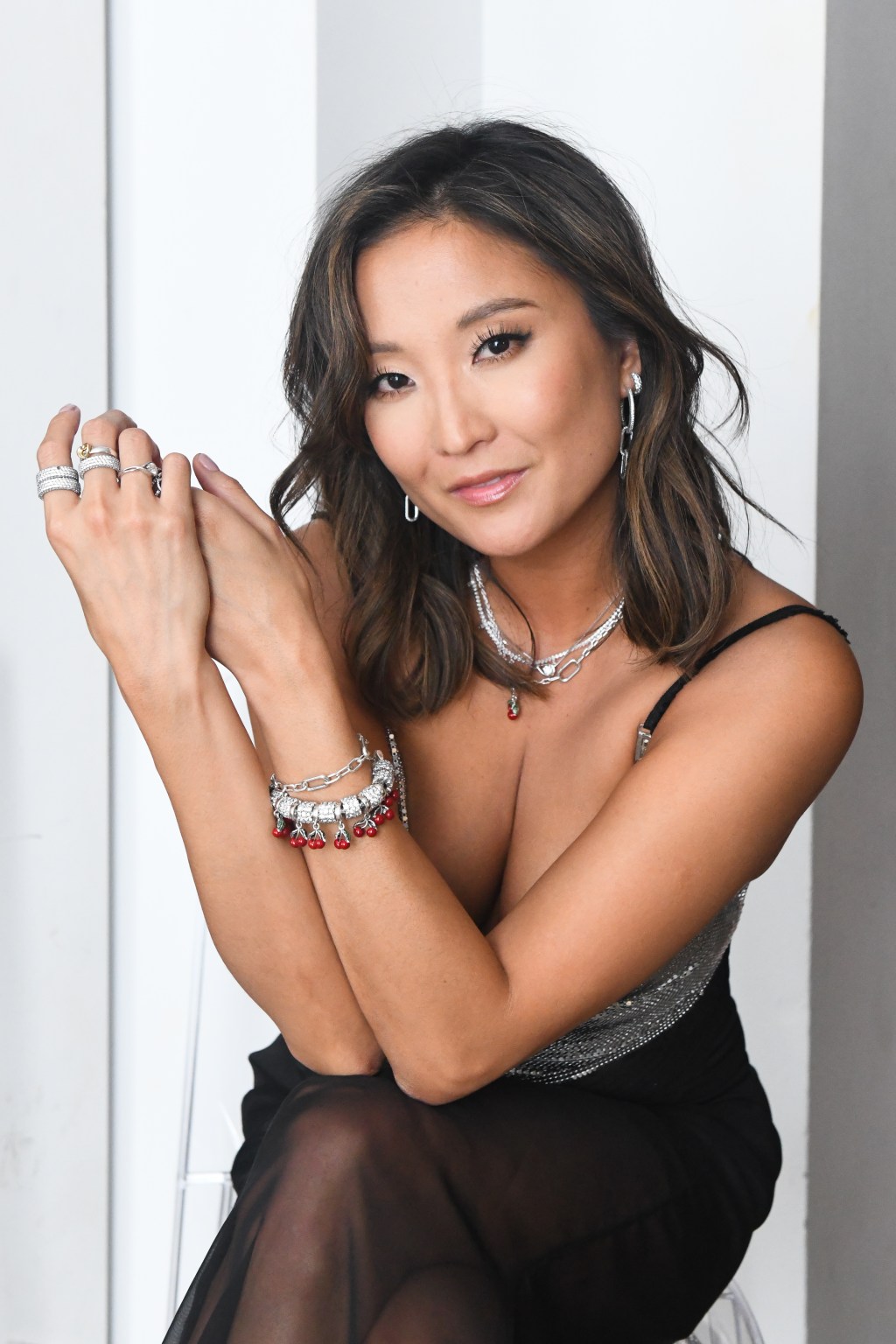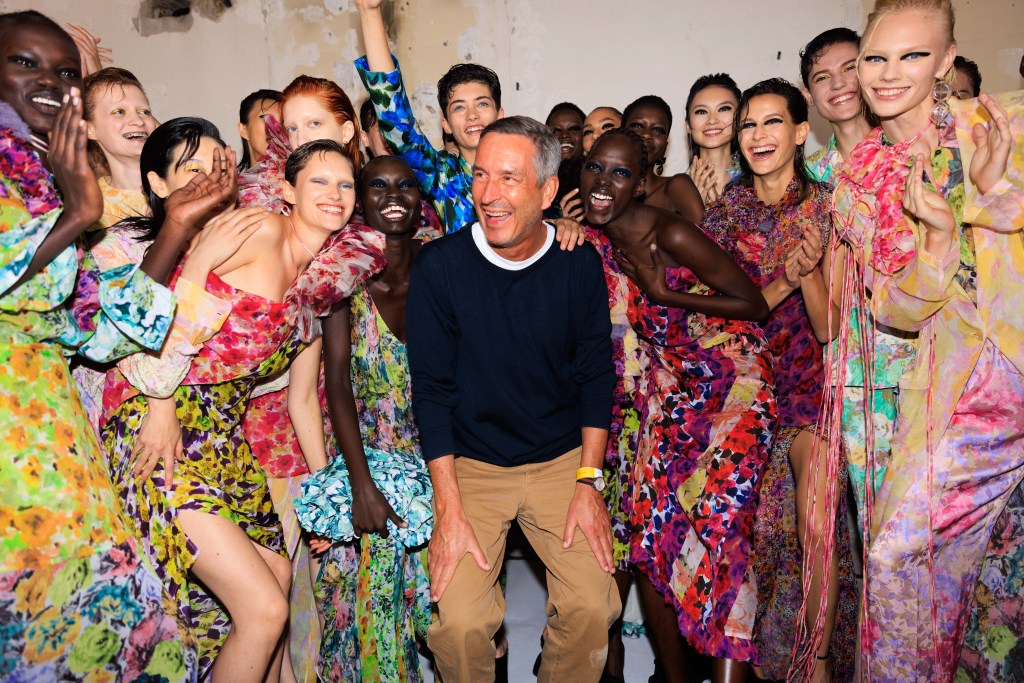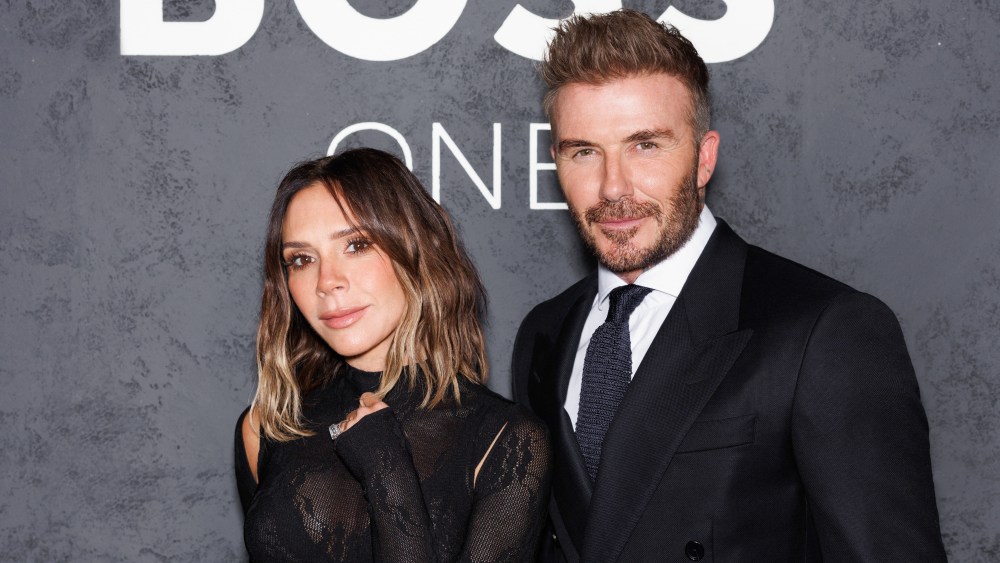PARIS — Pandora is starting the year on a strong footing.
With current trading in the first quarter of 2024 at “high single-digit levels” in like-for-like terms, the Danish jeweler on Wednesday issued a guidance bracket of 6 percent to 9 percent growth in 2024.
As anticipated in preliminary results released in early January, the company reported that sales gained 12 percent to 10.82 billion Danish kroner, or $1.56 billion, in the three months ended Dec. 31.
“Looking back at the past two years since we launched [our] growth strategy, we are proud of how our strategic initiatives have come together to consistently drive strong results despite the challenging macroeconomic backdrop,” said president and chief executive officer Alexander Lacik, referring to the growth strategy it put in place in 2021, dubbed Phoenix.
Sales totaled 28.13 billion Danish kroner, or $4.06 billion, for the whole of 2023, up 8 percent in organic terms, above the 5 to 6 percent guidance bracket and beating 2022’s record year.
But the market remained on the fence. By midday trading, Pandora shares were down around 1 percent, after being up the same percentage throughout the morning.
RBC Capital Markets analyst Piral Dadhania said “the key question will be how conservative the market perceives this guidance to be, particularly on revenue growth.”
Dadhania noted that while the results demonstrated ongoing solid execution, there was “little room for error and the market may question the lack of guided EBIT margin expansion despite expecting healthy revenue growth.”
Lacik wasn’t fazed by this. “One thing we have done without fail since Anders [Boyer, chief financial officer] and I joined, we hit every number we ever promised and that’s more important because it builds trust,” he said. “We’re beating the market, we’re gaining market share so I think we’re in pretty good control of this shift.”
Business was solid across all geographies in the fourth quarter. The U.S., which accounts for nearly 30 percent of the company’s revenues, saw sales in organic terms grow 10 percent to 3.19 billion Danish kroner.
The executive credited market share gains for the result, including a halo effect from its lab-grown diamond offer, despite tough market conditions in the second half of the year. He remained serene about moving into an election year.
Sales grew 5 percent in Europe, driven by Germany, where the company credited a digital-centric media model for fueling a 39 percent gain. Business was more modest in France, where sales were up 6 percent. The U.K. and Italy remained near flat.
Performance in China fell short of expectations, with sales shrinking 13 percent despite encouraging signs from the brand’s relaunch in Shanghai. The company said it would intensify efforts to recover growth in the country.
Pandora is experiencing “the perfect storm” in the territory, said Lacik. “We have a weak – or no – brand and a macro where younger and middle-income audiences are sitting on their hands,” he said.
But with a population of 1.4 billion people in its sights, the company is playing the long game to crack the model, starting with the appointment of veteran executive David Allen as general manager for the Greater China cluster.
In terms of product, growth was driven by the “Fuel For More” segment, which accounted for 22 percent of revenues and includes the lab-grown diamond category. The Pandora Lab-Grown Diamonds offer, expanded in the summer to four collections, leapt 116 percent in sales, although it still accounts for just 1 percent of total revenue.
Pandora’s core of charms and carriers, which makes up more than three-quarters of its product offer, showed a modest 2 percent rise in revenue.
For 2024, Pandora targets “continued solid and profitable growth,” with a projected 6 percent to 9 percent increase in sales and an EBIT margin of around 25 percent.
Diving into the contributors to the overall guidance, Lacik told WWD brand heat and the ensuing traffic was expected to account for 3 percent to 5 percent like-for-like sales growth, while store expansion was forecast to contribute 3 to 4 percent, with the opening of another 175 to 200 points of sale globally.
Boyer said on an analyst call that marketing spend would grow by “a significant double digit,” and that for the year, it could “increase more than revenue.”
The brand recently launched its new “Be Love” campaign, which the executives described as a major step in the brand’s restaging as a “full jewelry brand” in the affordable luxury space.
At its capital markets day in October, the company said it was enriching its retail and customer experience with a new store format; enhancing e-commerce and personalization services, and broadening its product offer with new collections and styles built around pearls, lab-grown diamonds and Murano glass.
As previously reported, Pandora is a sponsor of Copenhagen Fashion Week, became the principal partner of The Fashion Awards in London, and most recently partnered up with Australian Fashion Week.
But not everything is about shifting product or drawing attention, Lacik underscored.
“I can crank up the volume, but if I have nothing meaningful to say, people [won’t] do anything with it,” the executive said.
Although he felt sustainability did not “play a massive role yet” from a consumer standpoint, Lacik believes that it was important from a stakeholder point of view and investments would pay off in the long term.
In January, Pandora revealed it had hit its recycled metals target with 12 months to spare, with 100 percent recycled gold and silver used in its jewelry by the second half of 2024.
Lacik also joined the board of directors of the Watch and Jewelry Initiative 2030.
On Tuesday, the Danish giant was handed its second A score for transparency and performance on climate change by global environmental non-profit CDP, which runs the world’s environmental disclosure system for companies, cities, states and regions.
The Danish company proposed a dividend of 18 Danish kroner per share and a new share buy-back program of 4 billion Danish kroner.



